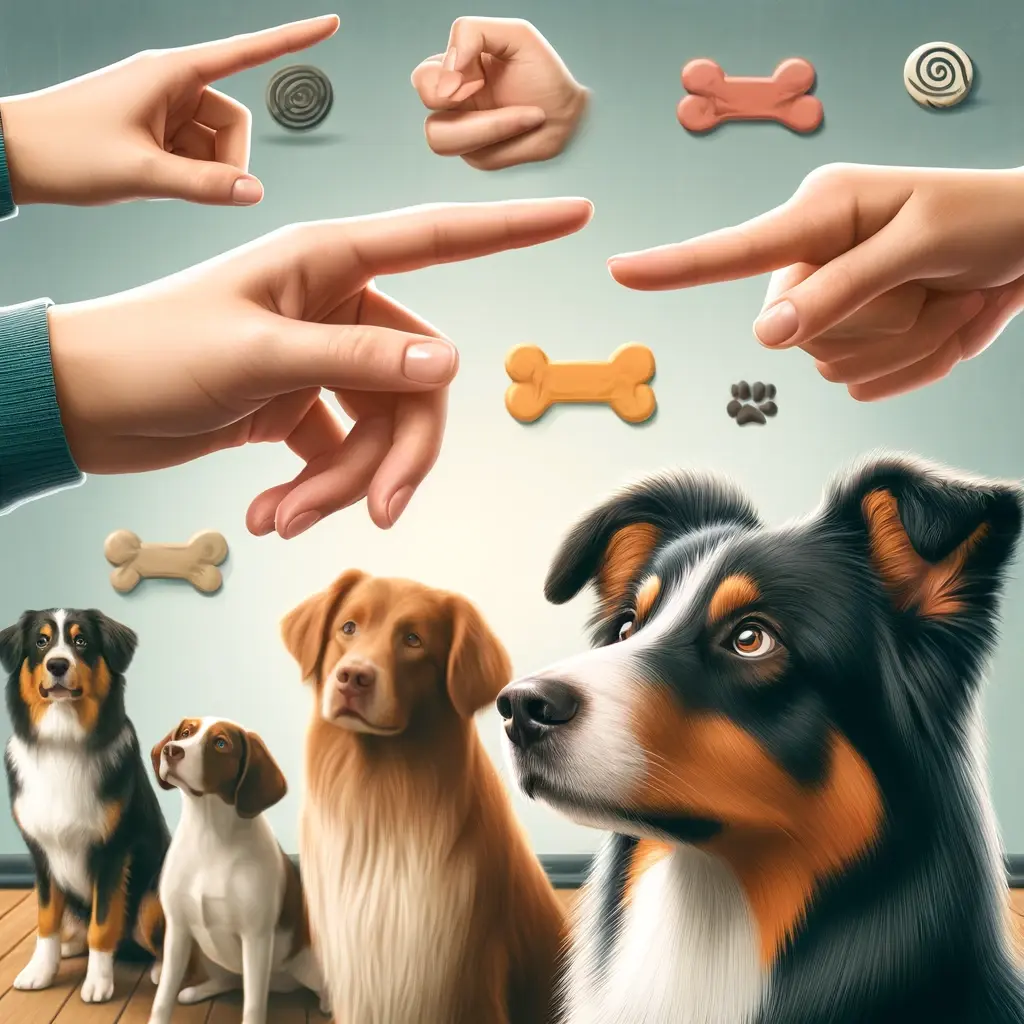Communicating effectively with your dog is not just about giving commands; it’s about understanding your dog’s body language and responding appropriately. Dogs are constantly communicating their feelings and intentions through their actions and reactions. This article delves into the essentials of canine communication, helping you interpret and respond to your dog’s cues, thereby enhancing your training sessions and relationship.

Recognizing Dog Body Language
Dogs communicate primarily through body language. Here are some key signals to watch for:
Tail Wagging: While often seen as a sign of happiness, the way a dog wags its tail can indicate different emotions. A slow wag might be uncertainty, while a rigid tail can mean alertness to threats.
Ear Positions: Ears forward can show interest, while ears laid flat may indicate fear or aggression.
Posture: If a dog is relaxed, their body will be loose. A stiff body might suggest alertness or aggression.
The Importance of Consistent Responses
Consistency in your reactions is crucial. Dogs learn patterns very quickly; if you laugh and pet your dog when it jumps up one day but scold it the next, you are sending mixed signals. Decide on clear rules for behavior and stick to them consistently.
Sensitivity to Environment
Dogs are highly sensitive to their environment. They can become stressed or overexcited by loud noises, unfamiliar places, or crowds. Observing how your dog reacts to different environments can give you clues about what they need to feel safe and comfortable.
Positive Reinforcement
Positive reinforcement involves rewarding behaviors you want to encourage. If your dog sits calmly when a guest arrives, giving them a treat reinforces that calm behavior. This method builds trust and makes learning a positive experience rather than a stressful one.
Avoiding Negative Reinforcements
Negative reinforcements can teach dogs to fear certain situations or even people, which might lead to unwanted behaviors like aggression or anxiety. Always aim to redirect negative behaviors rather than punishing them.
Learning the Art of Timing
Good communication is about timing. Rewarding or correcting behavior should happen immediately after the behavior occurs so that your dog can make the connection between their action and your response.
Seeking Help When Needed
If you find yourself struggling to understand or manage your dog’s behavior, don’t hesitate to seek professional help. A qualified dog behaviorist can offer invaluable insight and guidance tailored to your specific situation. We highly recommend checking out this website for additional help and training videos. Simply click here.
Understanding your dog’s way of communicating and combining this knowledge with consistent, positive reinforcement can dramatically improve both your dog’s behavior and your relationship with them. Remember, effective communication is a two-way street that requires patience and attentiveness.
